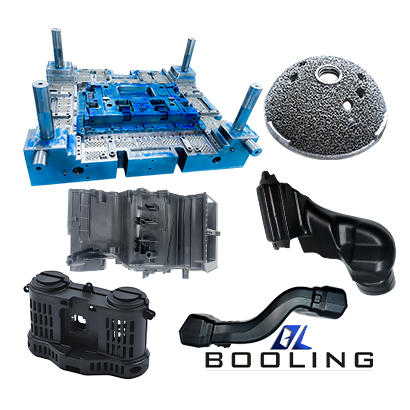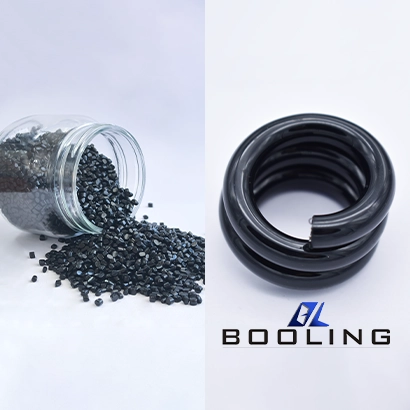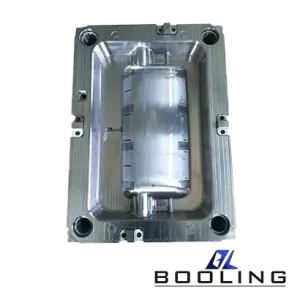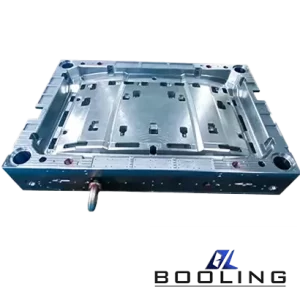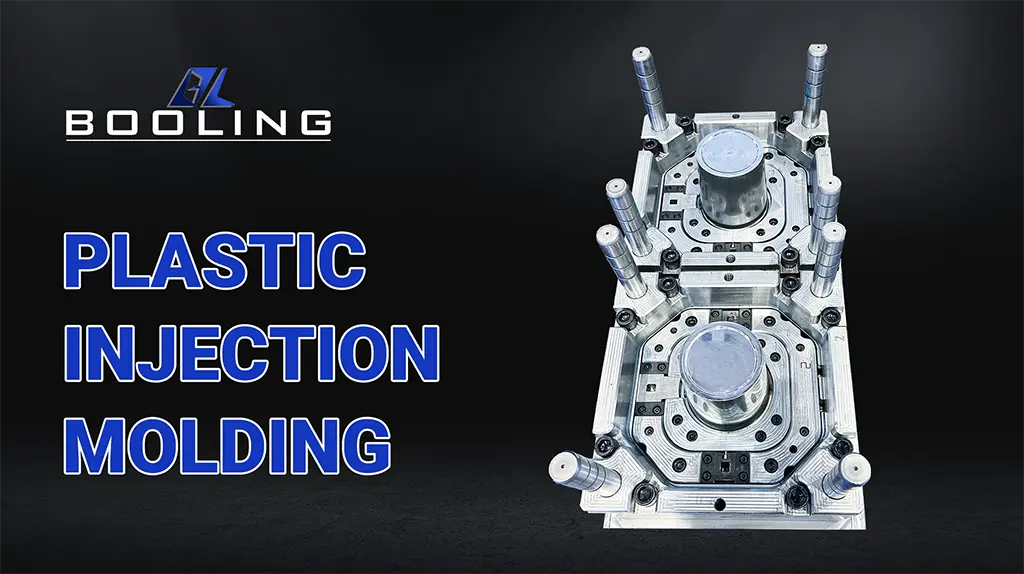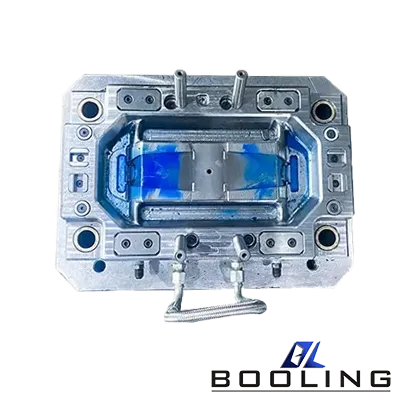Home > Metal Molds
Details
Details:
Model
Material
Brand
Origin
Application
Booling-Injection Mold-1
P20, 718, S136, 2738 etc
Booling
China
Home Appliance parts
Metal molds inject molten material (such as plastic, rubber, or metal) into the mold cavity, where the material cools and solidifies to form a specific product shape. Metal molds are widely used in the manufacturing industry, particularly in the automotive, electronics, home appliance, medical device, and packaging industries.
Related Hot Products
A metal mold is a tool used to manufacture various parts or products, typically made of high-hardness and high-strength metal.
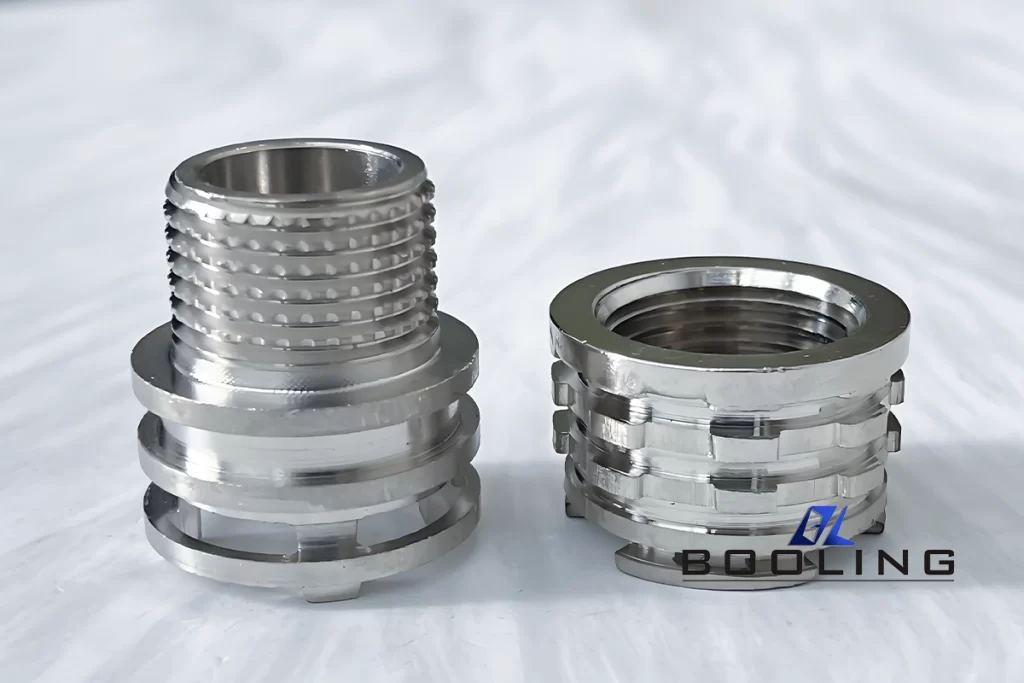
BOOLING Metal Mold Manufacturing Process
1. Design Phase
BOOLING engineers design the mold based on customer requirements. This process is typically completed using computer-aided design (CAD) software and may involve mold flow analysis to optimize the design, precisely defining the mold’s shape, dimensions, and internal structure. Designers also consider material properties, processing capabilities, and cost factors.
2. Manufacturing Preparation
After finalizing the design, the next step is to select the appropriate raw materials and processing methods. We typically choose the appropriate material based on the specific application of the mold. Commonly used materials include tool steel and alloy steel, which offer excellent wear resistance, high strength, and heat resistance to ensure the quality of the final product.
3. Processing
- Rough Machining: CNC machines use cutting, drilling, turning, and other machining methods to transform the raw material into a near-final shape. This step primarily removes excess material and creates a rough outline.
- Heat Treatment: To enhance the hardness and durability of the mold, the preformed mold often undergoes heat treatment. This includes processes such as quenching and tempering to adjust the steel’s microstructure.
- Finally, Finishing: Following heat treatment, precision machining techniques such as grinding and wire electrical discharge machining (EDM) are used to achieve the required dimensional accuracy and surface finish.
- Surface Treatment: Various surface treatments, such as chrome plating and nitriding, may be applied to enhance the mold’s wear resistance and extend its service life.
Assembly and - Commissioning: Components are assembled and tested for functionality and reliability under simulated operating conditions.
4. Inspection and Acceptance
Finally, the finished mold undergoes rigorous quality inspection, including dimensional inspection, surface finish assessment, and functional testing, to ensure compliance with relevant standards and technical specifications.
Different Process Types of Metal Molds
Metal molds can be categorized into various types depending on their intended use and manufacturing process. Choosing the right mold type is crucial for ensuring product quality and production efficiency.
Stamping dies: These are used to shear, bend, and stretch sheet metal through a press and die to form the desired shape. These include blanking dies, bending dies, and drawing dies.
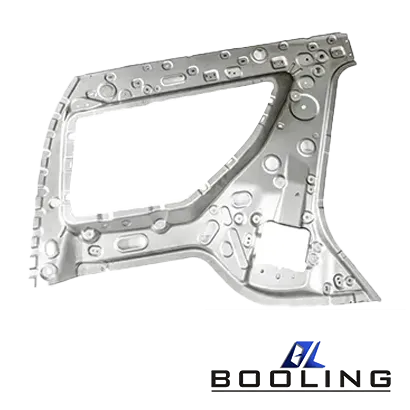
Forging dies: These are tools used to apply pressure to metal materials at high temperatures to form them into the desired shape. Forging dies can be further categorized as hammer forging dies and press forging dies.
Casting molds: These are molds used to create metal castings, typically made of heat-resistant alloys. Casting molds can take various forms, including sand molds, metal molds, and ceramic molds.
Injection molds: While primarily used in the production of plastic products, there are also specialized molds for processing certain metal powders (such as in metal injection molding (MIM)).

Extrusion molds: Extruders push heated metal billets through a die orifice to produce continuous lengths of bar or tubular products. These molds are particularly important for processing non-ferrous metals such as aluminum and copper.
Die-casting dies: Molten metal is rapidly injected into a mold cavity under high pressure, where it cools and solidifies. These dies are suitable for mass-producing complex metal parts, particularly aluminum and zinc alloy parts.
Powder metallurgy dies: Metal powder is used as a raw material, which is pressed and sintered in a mold to produce various precision parts.
Wire drawing dies: Primarily used in the wire and cable industry, they pass metal rods or wires through one or a series of die holes to reduce their diameter and increase their length.
Common Materials for Metal Molds
Metal molds are primarily made of a variety of materials. BOOLING mold manufacturers offer a wide range of materials to choose from. The following are some common materials:
Tool steel: With excellent wear resistance, hardness, and toughness, it is one of the most commonly used materials for molds. Depending on the characteristics of your product or application, we typically choose cold work tool steel, hot work tool steel, or plastic mold steel. Cemented carbide: This material is also a popular choice for users, primarily due to its exceptional hardness and wear resistance. Composed of a refractory metal carbide (such as tungsten carbide) and a binder (usually cobalt), it is suitable for high-wear environments. However, due to its machining difficulty, it is typically used in critical wear areas of the mold.
Aluminum alloy: Aluminum alloy is lightweight and has excellent thermal conductivity, making it an ideal choice for molds that require rapid cooling, such as injection molds. Furthermore, its ease of machining helps reduce mold manufacturing cycle times.
Copper alloy: This material is known for its excellent electrical and thermal conductivity, making it suitable for specialized molds with high heat dissipation requirements.
Other specialty alloys: Depending on specific requirements, other alloys, such as stainless steel and titanium alloys, may also be used. For example, stainless steel is used in applications requiring corrosion resistance, while titanium alloys are used in aerospace molds due to their high strength and low density.
Applications of Metal Molds
Due to their high strength, precision, and durability, metal molds are used in nearly all applications requiring mass production of standardized parts. Boiling mold manufacturers currently serve the following sectors:
1. Automotive Mold Manufacturing:
Metal molds are an essential component in the production of automotive parts such as body panels, engine components, doors, and instrument panels. These molds ensure component precision and consistency.
2. Electronic Equipment Mold Manufacturing:
These molds are used to manufacture electronic product housings, connectors, and circuit board brackets. These molds typically require high precision to ensure that part dimensions meet strict standards.
The housings and internal components of home appliances such as refrigerators, washing machines, and air conditioners are often produced using metal molds to meet the efficiency and quality requirements of large-scale production.
4. Packaging Industry Molds:
In the production of packaging materials such as plastic bottles and cans, metal molds are used to form containers of various shapes and sizes to meet diverse packaging needs.
5. Medical Device Molds:
For medical device components requiring high precision and reliability, such as syringes and medical device housings, metal molds provide the required accuracy and repeatability.
6. Aerospace:
In this industry, where material strength and weight are paramount, metal molds are used to manufacture aircraft parts, such as wing structures and engine components, ensuring a balance of lightweight and high strength.
7. Construction:
Metal molds are used to produce metal accessories in building materials, such as door and window frames and decorative moldings, providing aesthetically pleasing and practical solutions for modern architecture.
8. Daily Necessities Manufacturing:
From kitchen utensils to personal care products, many require high-volume production using metal molds for cost-effectiveness and quality control.
Automotive Mold Related Content
Applied’s expertise in modifying materials at atomic levels and on an ihdustrial scaleenables our customers to transform possibilities into reality.

